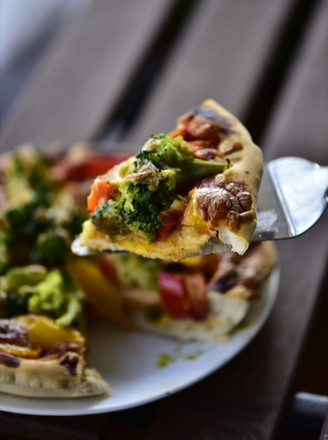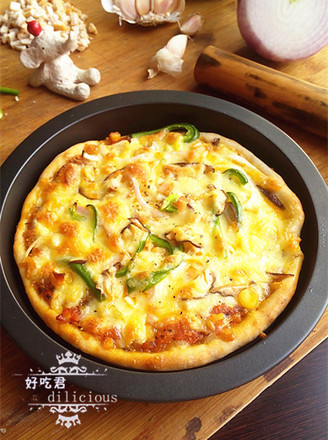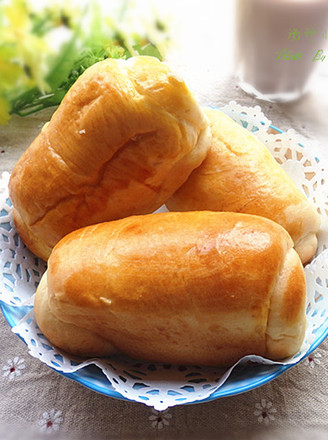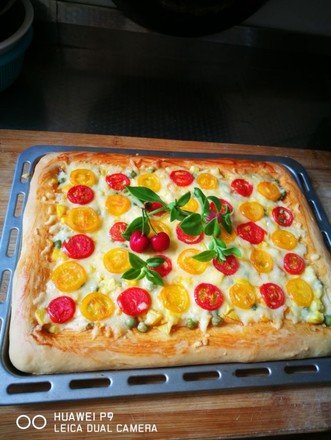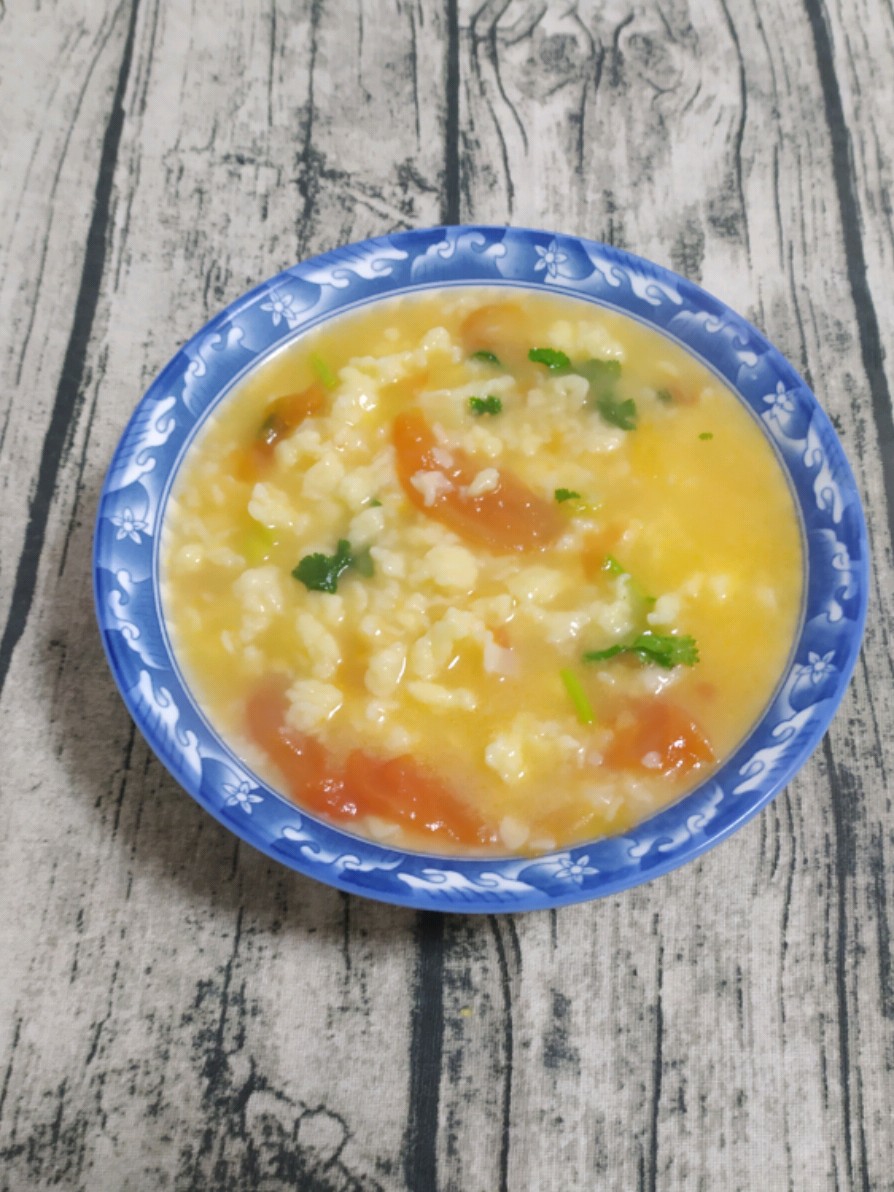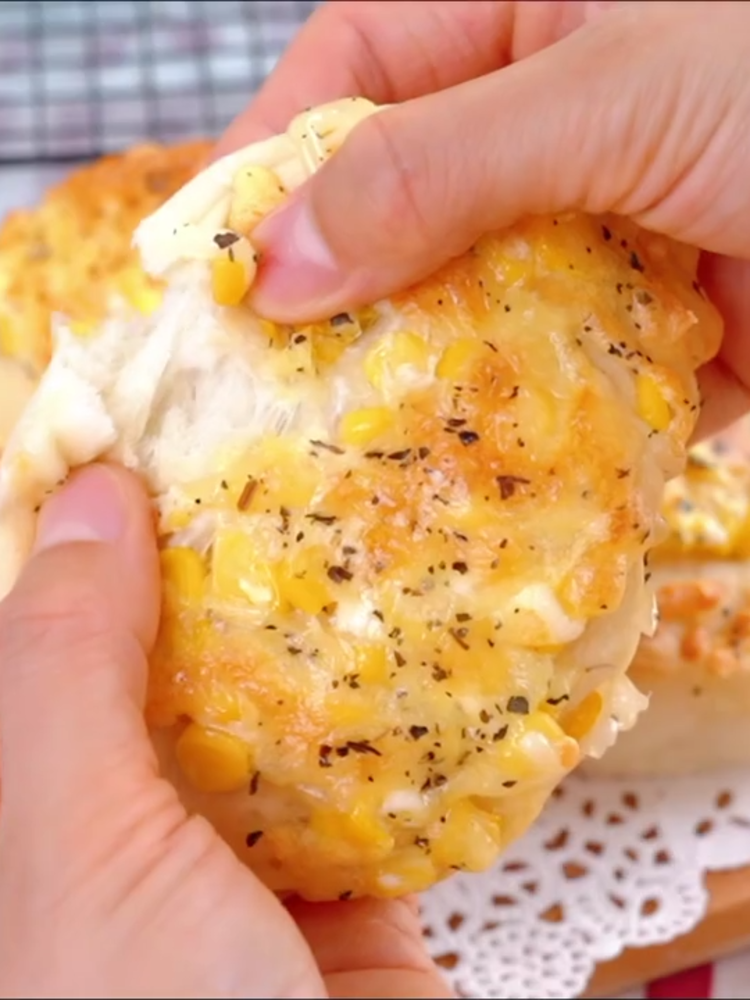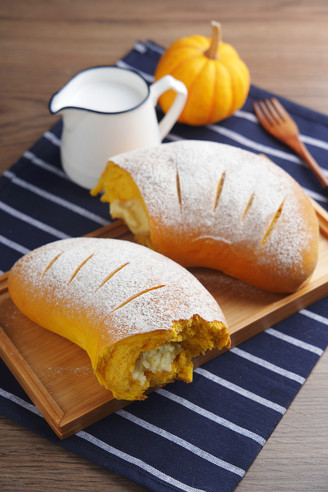[sauerkraut and Minced Pork with Strips] Northwest Pasta Inheritance in The Kitchen
by Flowered flower
Favorite
Difficulty
Easy
Time
20m
Serving
2
[La Tiaozi] It was a very extravagant thing to have a meal when Dad was a child. This is what he often taught us brothers and sisters to mention later. Struggle and cherish are naturally the motto of growth! Nowadays, the spread speed and evolution of food cannot be limited to geographical names. How should "Xinjiang Latiaozi or Qinghai Latiaozi" explain it? Which one is authentic?
My first hometown, Qinghai. The memory of food before the age of 7 stays in the large noodle cabinet in the middle of the new house. A bowl of noodles and a plate of sauerkraut are delicious meals for the whole family. Of course, the potatoes stored in the cellar for the winter are also one of the companions.
In 1997, I went to Xinjiang with my parents. My life has changed and my knowledge of food has gradually increased, but I still haven't changed the important position of noodles in my family. Dad’s preferences, breakfast, lunch and dinner "all-in-one".
I am ashamed to say that, due to the "pressure" of noodles, I have hardly made it by myself in these years in the field. Think about it, it's time to thank my mother for her "inheritance" when she was a child, and it's not worth the title of Northwest Female Paper!
To pull slivers, basic noodles are the key. They can be fried with vegetables and meat, can be used for soup and rice, and can also be eaten with glutinous rice.
How to eat: In hot weather, usually stir-fried noodles, shredded pork with garlic sprouts, tomatoes, eggs, and celery minced meat as garnishes...; in cold weather, pour a spoonful of hot simmered seeds, diced radish meat and potato vermicelli...or a bowl of hot noodle soup Stomach, warms the body and stomach.
Name: Xinjiang mixed noodles, Xinjiang fried noodles, Qinghai braised noodles... and so on
Shape: slivers, not just round and long strips. People who visit at home sometimes ask for wide noodles by name. Every household in Qinghai has special circumstances with noodles, so there is no special requirement for the specific width. Mom, usually pulls very thinly, which is also a kind of respect for the guests. So, don't be too entangled in how fine is it! After all, the home kitchen is not a cloned machine, and the taste craftsmanship need not be harsh.
Here, I used the simplest side dish, sauerkraut and minced pork stir-fried and mixed with scallops
In other words, I don’t know how to use this technology. I just take this opportunity to discuss and learn with you.
Here, thank you mom for the teachings of this Northwest girl~~~"
My first hometown, Qinghai. The memory of food before the age of 7 stays in the large noodle cabinet in the middle of the new house. A bowl of noodles and a plate of sauerkraut are delicious meals for the whole family. Of course, the potatoes stored in the cellar for the winter are also one of the companions.
In 1997, I went to Xinjiang with my parents. My life has changed and my knowledge of food has gradually increased, but I still haven't changed the important position of noodles in my family. Dad’s preferences, breakfast, lunch and dinner "all-in-one".
I am ashamed to say that, due to the "pressure" of noodles, I have hardly made it by myself in these years in the field. Think about it, it's time to thank my mother for her "inheritance" when she was a child, and it's not worth the title of Northwest Female Paper!
To pull slivers, basic noodles are the key. They can be fried with vegetables and meat, can be used for soup and rice, and can also be eaten with glutinous rice.
How to eat: In hot weather, usually stir-fried noodles, shredded pork with garlic sprouts, tomatoes, eggs, and celery minced meat as garnishes...; in cold weather, pour a spoonful of hot simmered seeds, diced radish meat and potato vermicelli...or a bowl of hot noodle soup Stomach, warms the body and stomach.
Name: Xinjiang mixed noodles, Xinjiang fried noodles, Qinghai braised noodles... and so on
Shape: slivers, not just round and long strips. People who visit at home sometimes ask for wide noodles by name. Every household in Qinghai has special circumstances with noodles, so there is no special requirement for the specific width. Mom, usually pulls very thinly, which is also a kind of respect for the guests. So, don't be too entangled in how fine is it! After all, the home kitchen is not a cloned machine, and the taste craftsmanship need not be harsh.
Here, I used the simplest side dish, sauerkraut and minced pork stir-fried and mixed with scallops
In other words, I don’t know how to use this technology. I just take this opportunity to discuss and learn with you.
Here, thank you mom for the teachings of this Northwest girl~~~"

![[sauerkraut and Minced Pork with Strips] Northwest Pasta Inheritance in The Kitchen [sauerkraut and Minced Pork with Strips] Northwest Pasta Inheritance in The Kitchen](https://img.simplechinesefood.com/fc/fc2674b32cca874b4306c87cdabb77fc.jpg)
![[sauerkraut and Minced Pork with Strips] Northwest Pasta Inheritance in The Kitchen recipe [sauerkraut and Minced Pork with Strips] Northwest Pasta Inheritance in The Kitchen recipe](https://img.simplechinesefood.com/8d/8d4531f3d0fc87a5c48b787c51dedea6.jpg)
![[sauerkraut and Minced Pork with Strips] Northwest Pasta Inheritance in The Kitchen recipe [sauerkraut and Minced Pork with Strips] Northwest Pasta Inheritance in The Kitchen recipe](https://img.simplechinesefood.com/a4/a4c89136dcca12e10fcdaa7aadbd5576.jpg)
![[sauerkraut and Minced Pork with Strips] Northwest Pasta Inheritance in The Kitchen recipe [sauerkraut and Minced Pork with Strips] Northwest Pasta Inheritance in The Kitchen recipe](https://img.simplechinesefood.com/32/32229ea1841fbe6848225994f9829df8.jpg)
![[sauerkraut and Minced Pork with Strips] Northwest Pasta Inheritance in The Kitchen recipe [sauerkraut and Minced Pork with Strips] Northwest Pasta Inheritance in The Kitchen recipe](https://img.simplechinesefood.com/c2/c2c3cbc6483da84df787cbfa77bce434.jpg)
![[sauerkraut and Minced Pork with Strips] Northwest Pasta Inheritance in The Kitchen recipe [sauerkraut and Minced Pork with Strips] Northwest Pasta Inheritance in The Kitchen recipe](https://img.simplechinesefood.com/7e/7e47a1e89dad214c3ff152b3ff07eea8.jpg)
![[sauerkraut and Minced Pork with Strips] Northwest Pasta Inheritance in The Kitchen recipe [sauerkraut and Minced Pork with Strips] Northwest Pasta Inheritance in The Kitchen recipe](https://img.simplechinesefood.com/56/56f946cdd5a999184428829e2396e959.jpg)
![[sauerkraut and Minced Pork with Strips] Northwest Pasta Inheritance in The Kitchen recipe [sauerkraut and Minced Pork with Strips] Northwest Pasta Inheritance in The Kitchen recipe](https://img.simplechinesefood.com/75/757790a8041f38639a287ef5b159160e.jpg)
![[sauerkraut and Minced Pork with Strips] Northwest Pasta Inheritance in The Kitchen recipe [sauerkraut and Minced Pork with Strips] Northwest Pasta Inheritance in The Kitchen recipe](https://img.simplechinesefood.com/7e/7e3cd2eb46d0fc1a70e30406990dca2a.jpg)
![[sauerkraut and Minced Pork with Strips] Northwest Pasta Inheritance in The Kitchen recipe [sauerkraut and Minced Pork with Strips] Northwest Pasta Inheritance in The Kitchen recipe](https://img.simplechinesefood.com/c0/c01186d45ee18582a7780fa2b1ed4717.jpg)
![[sauerkraut and Minced Pork with Strips] Northwest Pasta Inheritance in The Kitchen recipe [sauerkraut and Minced Pork with Strips] Northwest Pasta Inheritance in The Kitchen recipe](https://img.simplechinesefood.com/34/3450e08121965ccf3dab1069c4c3caf6.jpg)
![[sauerkraut and Minced Pork with Strips] Northwest Pasta Inheritance in The Kitchen recipe [sauerkraut and Minced Pork with Strips] Northwest Pasta Inheritance in The Kitchen recipe](https://img.simplechinesefood.com/0d/0d5688a764facbc883690d0b83f38a0e.jpg)
![[sauerkraut and Minced Pork with Strips] Northwest Pasta Inheritance in The Kitchen recipe [sauerkraut and Minced Pork with Strips] Northwest Pasta Inheritance in The Kitchen recipe](https://img.simplechinesefood.com/d2/d2c6f6e39ff59f369026d07f52462485.jpg)

